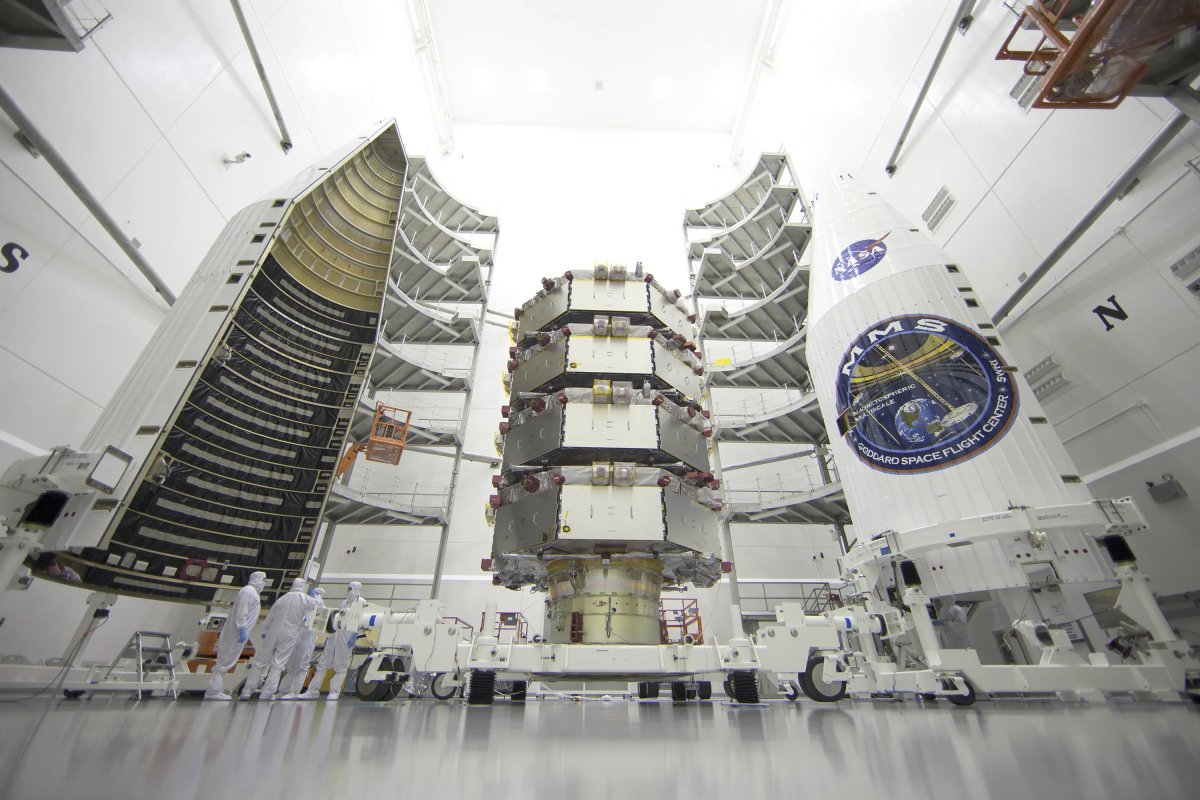Scientists have detected a strange space phenomenon where bursts of electromagnetic waves sound like birds chirping when converted into audio signals, according to a study.
These "chorus waves" were picked up more than 100,000 kilometers (62,000 miles) from Earth in a region where they were not expected to occur. The study, published in Nature and conducted by China's Beihang University, challenges existing theories about how these waves form and could improve understanding of space weather.
Why It Matters
Chorus waves are a type of electromagnetic radiation that travels along Earth's magnetic field lines. When converted into sound, their rising frequencies mimic the high-pitched trills of birds.
Previously, such waves had been observed only at distances closer to Earth, around 51,000 kilometers (32,000 miles). This new detection at a much farther distance expands the known range of these waves and raises questions about their formation.

What to Know
Since the 1960s, scientists have detected these waves using various instruments, including Antarctic research stations and NASA's Van Allen Probes. The latest discovery was made using NASA's Magnetospheric Multiscale satellites, launched in 2015 to study magnetic interactions between the Earth and the sun.
The waves were detected in an area called the terrestrial mid-tail neutral sheet, located on the side of Earth facing away from the sun. This region is where Earth's magnetic field becomes highly distorted, lacking the "magnetic dipolar effect" that gives the field its north and south poles closer to the planet.
Chorus waves, lasting only fractions of a second, play a role in shaping Earth's radiation belts. These belts protect the planet from solar storms but can also produce high-energy "killer electrons" that threaten satellites, astronauts and communication systems. The study found that even in this remote region, the waves interact with electrons, creating spirals and electron "holes," similar to processes seen near Earth.
They are "one of the strongest and most significant waves in space," said study author Chengming Liu of Beihang University.
What People Are Saying
Professor Richard Horne, head of space weather at the British Antarctic Survey, told BBC Science Focus: "It is a surprising result in a surprising region. It prompts further investigation of chorus waves in regions in which Earth's magnetic field deviates substantially from a dipole."
Allison Jaynes, a space physicist at the University of Iowa who was not involved with the work, said the research "opens up a lot of new questions about the physics that could be possible in this area."
What Happens Next
The findings could improve predictions of space weather events, which can disrupt technology and communications on Earth. Future missions may also examine whether similar waves occur near other planets. They have been previously detected around Jupiter and Saturn.
"It's very captivating, very compelling," Jaynes said. "We definitely need to find more of these events."
This article includes reporting from the Associated Press.




















 English (US) ·
English (US) ·